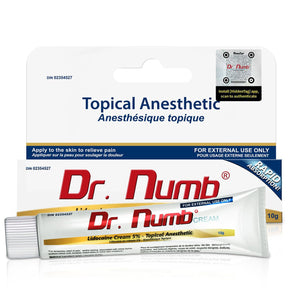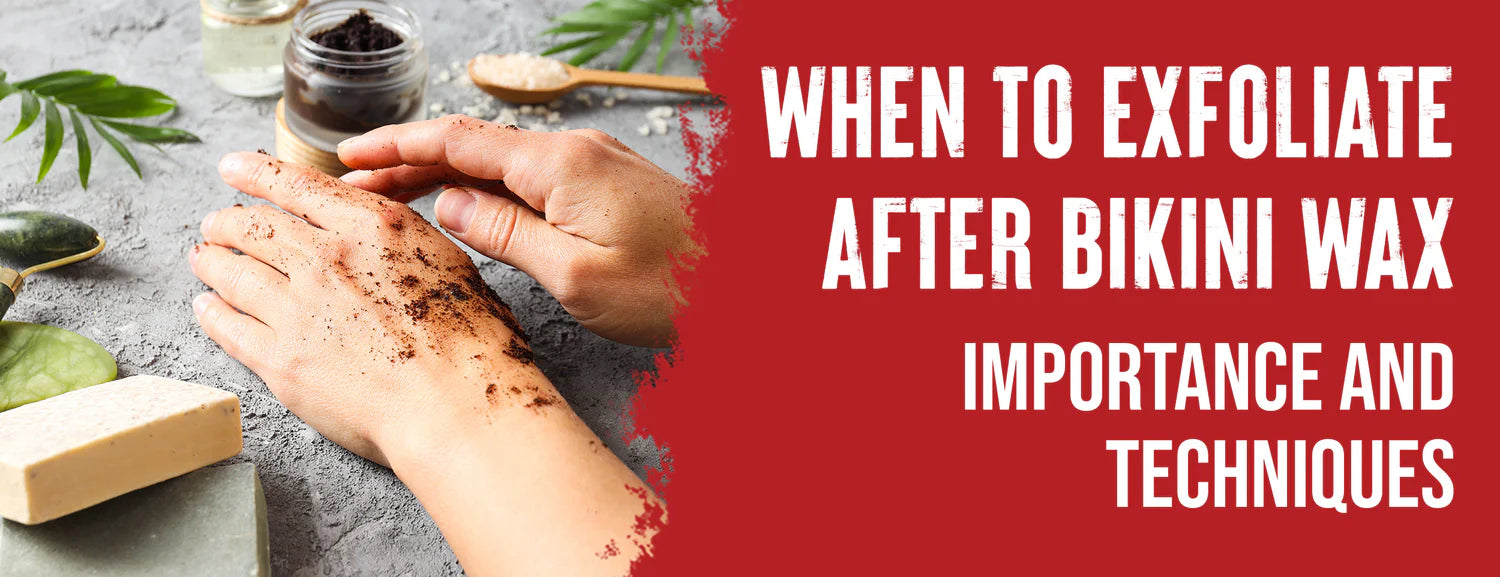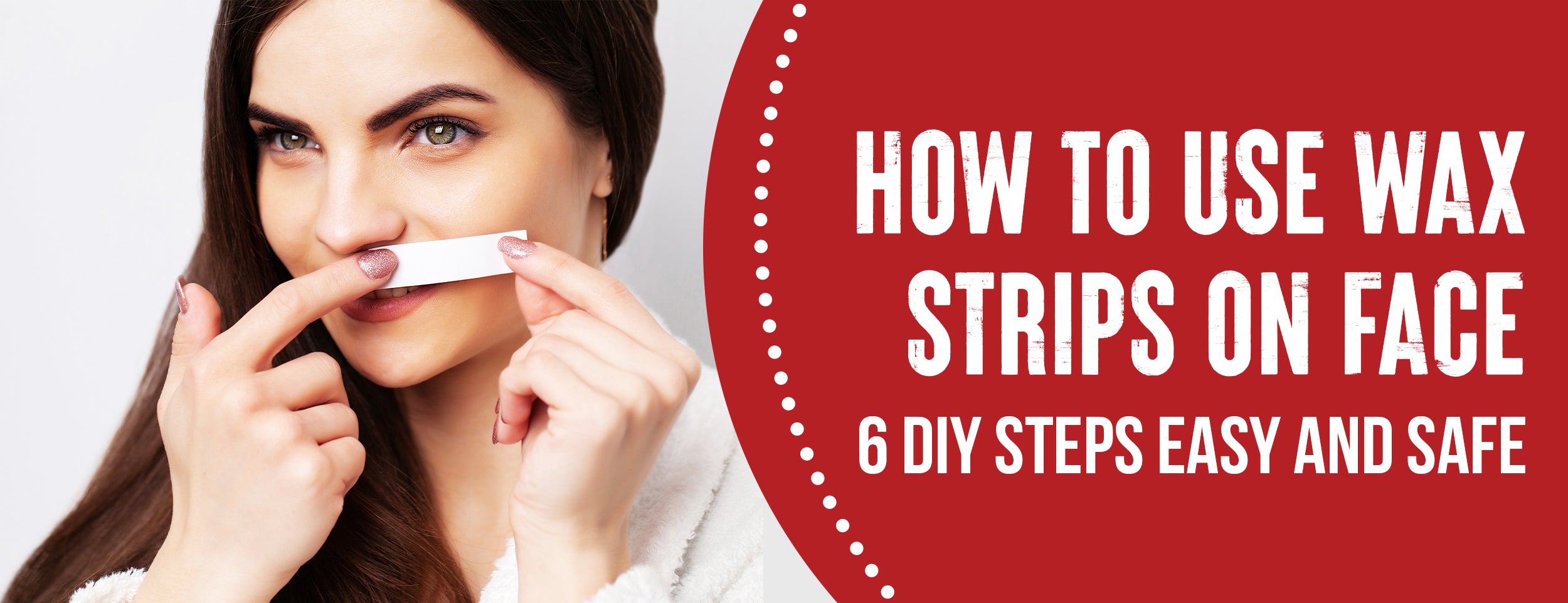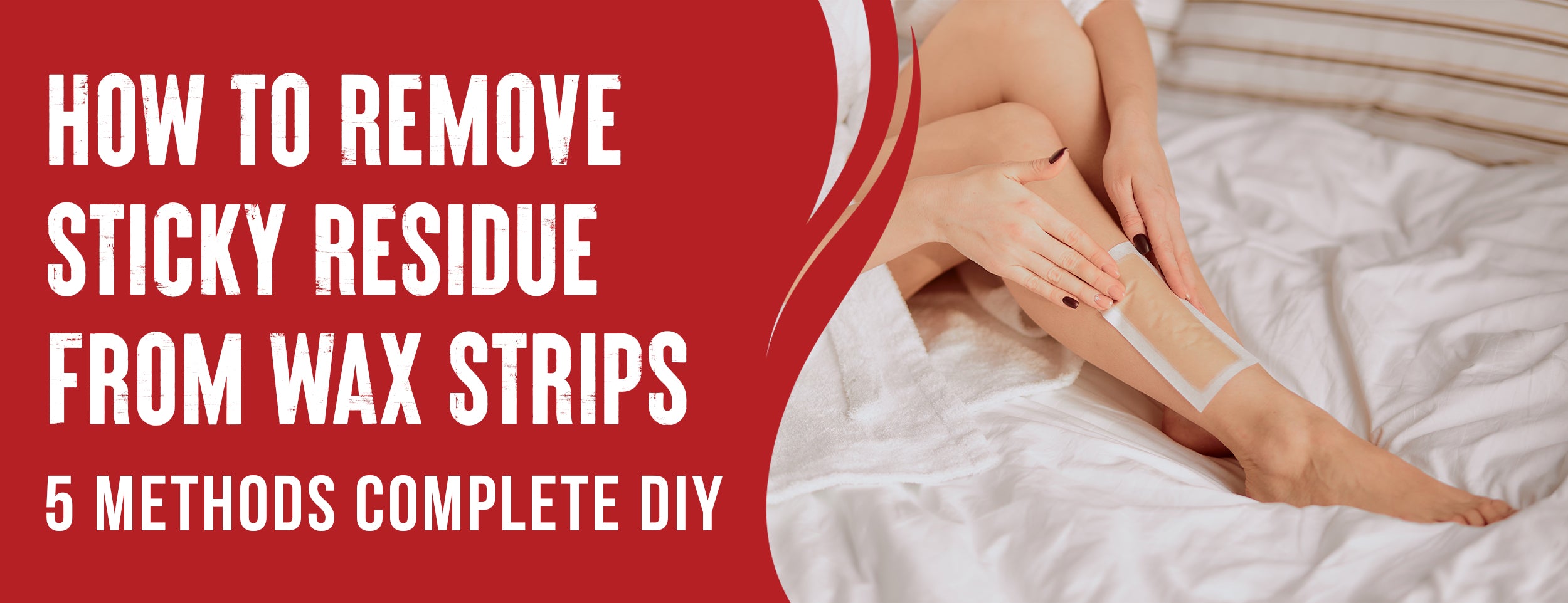The wrong oil causes irritation, inflammation, scarring, infection, ingrown hairs, or allergic reactions after a Brazilian wax. Incorrect oil also clogs pores, leading to pimples or breakouts.
Some oils are too harsh, greasy, or fragrant for the sensitive skin in the bikini area. Choosing an oil that is gentle, moisturizing, antibacterial, and antifungal is essential.
After a Brazilian wax, it’s recommended to use certain types of oil to soothe and moisturize the skin. Coconut oil, tea tree oil, jojoba oil, almond oil, and argan oil are among them. These oils' natural antiseptics are beneficial as they help prevent infections and remove any leftover wax.
Additionally, using Dr. Numb® numbing cream before waxing can help minimize discomfort during the procedure, ensuring a more comfortable experience overall.
We will take a closer look at the best oils to use after a Brazilian wax and see the pros and cons of each oil.
What Oil To Use After Brazilian Wax: 5 Listed

Check the ingredients list before purchasing an oil. Look for natural, nourishing ingredients that will soothe and hydrate the skin. Chemicals and artificial fragrances should be avoided. Here are some examples of beneficial oils to use after Brazilian wax.
Tea tree oil
This essential oil is a natural antiseptic that helps prevent infections and soothes the skin. It’s also a natural anti-inflammatory that reduces redness and irritation. Tea tree oil is lightweight, easily absorbed, and can be used for post-waxing care.

Olive oil
Omega fatty acids in this oil nourish the skin and reinforce the skin barrier. Olive oil also hasmoisturizing and anti-inflammatory properties that help soothe the skin after waxing.
Coconut oil
Oils containing this compound have anti-inflammatory, antibacterial, and antifungal properties to aid healing and prevention of infections. It also moisturizes and nourishes the skin and removes any wax residue. Coconut oil is one of the few oils that does not trap heat in the skin, which makes it ideal for post-wax care.
Chamomile oil

Flower oil, extracted from the chamomile plant, offers various benefits. It can reduce redness, swelling, and irritation caused by waxing, prevent infection and inflammation, and nourish skin with essential fatty acids and antioxidants. It also improves skin elasticity and texture.
Jojoba oil
This oil is like our skin's natural oil, making it non-greasy. Jojoba oil can hydrate and soften the skin and prevent ingrown hairs. It can also balance the skin’s pH and oil production and protect it from environmental damage.
Brazilian Wax After Oil Use: Pros and Cons
While there are some benefits to using oil after a wax, there are also some potential pros & cons that you should know. The following are some pros and cons above mentioned of using oil after a Brazilian wax:

Pros
- Oil can moisturize, soothe, and protect the skin after waxing, as it has antibacterial, antifungal, and anti-inflammatory properties.
- Hair follicles are lubricated, and wax residue from the skin helps prevent ingrown hairs.
- Contains essential fatty acids, antioxidants, and vitamins. Oil can nourish and condition the skin.
Cons
- Many people are allergic to oil, especially if they are sensitive to specific ingredients or fragrances.
- Oil can interact with some medications or birth control pills, affecting their absorption or effectiveness.
- Oily skin is more sensitive to sunlight, resulting in sunburn.
Conclusion
Your skin will benefit significantly from adding natural oils to your skincare routine after a Brazilian wax. Jojoba oil deeply moisturizes and promotes collagen production, tea tree oil acts as a powerful antiseptic, and lavender oil calms and reduces redness.
Chamomile oil is gentle and helps heal the skin. Using these oils can alleviate discomfort, prevent infections, and promote healing for your skin. So the next time you undergo a Brazilian wax, consider using natural oils to keep your skin healthy.














